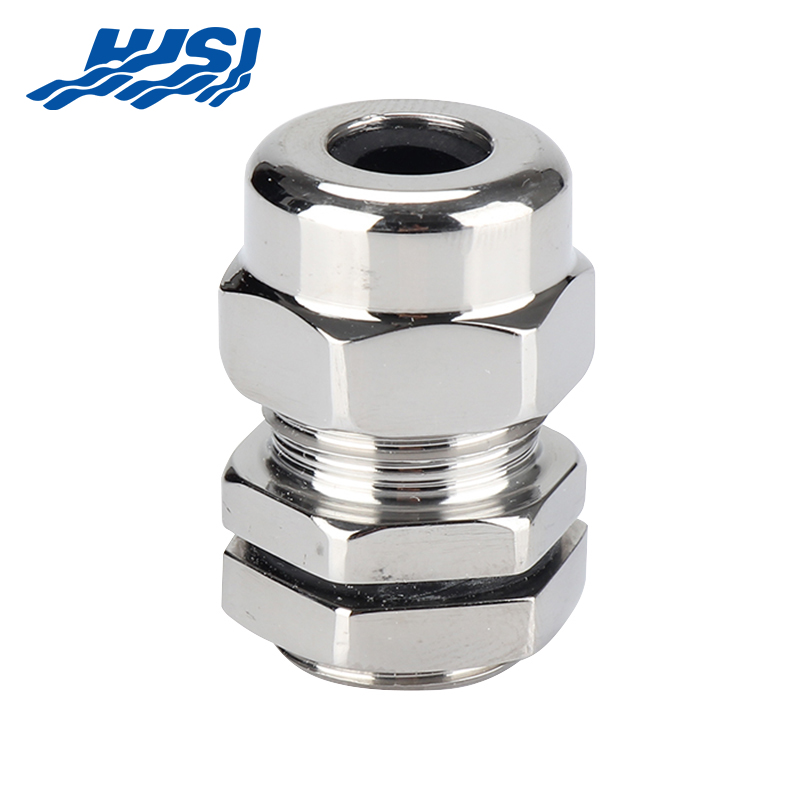Conduit glands are critical components in electrical systems, ensuring that cables are safely and securely passed through walls or other barriers while maintaining the integrity of the enclosure. They are designed to prevent the ingress of moisture, dust, and other contaminants that could compromise the performance and safety of electrical installations.
They are crucial for preventing the ingress of moisture, dust, and other contaminants that could compromise the safety and performance of electrical systems. Conduit glands come in various types, including entry glands, pipe glands, and stuffing glands, each serving specific applications within the electrical infrastructure.

Conduit entry glands, also known as conduit connectors, are used to join sections of conduit together or to connect conduit to electrical boxes or junction boxes. They are designed to maintain the seal and integrity of the conduit system, ensuring that the internal environment remains protected from external factors. These glands are typically threaded, allowing for easy installation and removal, and they often come with a gland nut that tightens around the conduit to create a secure seal.
Advantages of Conduit Entry Glands:
They provide a watertight and dust-tight seal, which is essential in outdoor or damp environments.
The threaded design allows for easy installation and adjustment.
They are compatible with a variety of conduit materials, including metal and PVC.
Conduit pipe glands are used to pass cables through walls or other barriers while maintaining the seal of the conduit system. They are similar to entry glands but are specifically designed for use with pipe rather than conduit. These glands are crucial in applications where cables need to be routed through areas that require a high level of protection against environmental factors.
Features of Conduit Pipe Glands:
They are designed to work with a range of pipe materials, including steel, copper, and plastic.
Conduit pipe glands often include a gland body, a gland nut, and a sealing ring to ensure a tight seal.
They can be used in both indoor and outdoor applications, depending on the specific design and materials used.
Conduit stuffing glands, or cable stuffing glands, are used when cables need to be passed through a bulkhead or wall without the use of a pre-threaded hole. Instead of threading the gland into the conduit or pipe, the gland is mounted on the surface, and the cables are fed through the gland's opening. A sealing material, such as a rubber grommet or a sealing gland, is used to fill the space around the cables and create a watertight seal.
Benefits of Conduit Stuffing Glands:
They offer a flexible solution for cable routing in situations where pre-threaded holes are not practical.
Stuffing glands can accommodate a variety of cable sizes and types.
They are easy to install and can be removed for cable maintenance or replacement.
Conduit glands are an essential part of any electrical installation, providing a secure and safe means of managing cables. Whether you are working with conduit entry glands, conduit pipe glands, or conduit stuffing glands, it is crucial to understand their specific applications and choose the right type for your project. By doing so, you can ensure that your electrical system is protected from environmental factors and that the integrity of the enclosure is maintained, contributing to the overall safety and reliability of the installation.